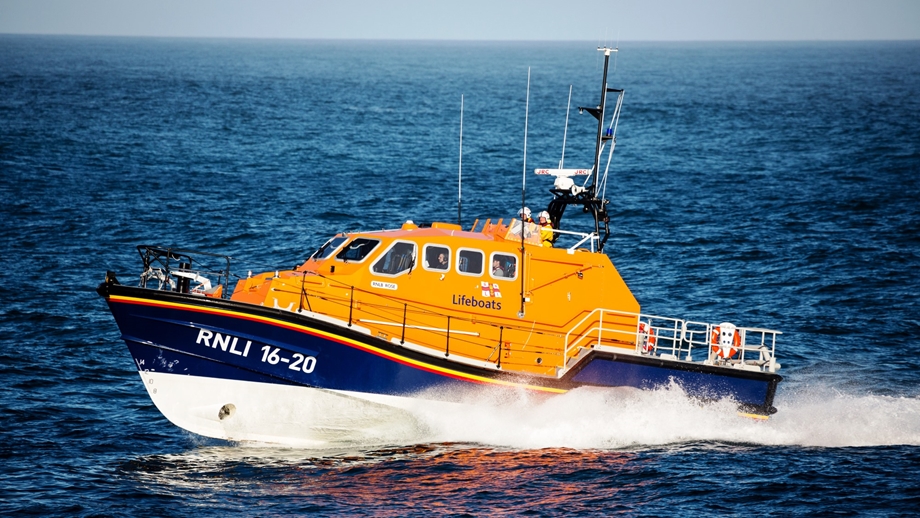What Are Direction Finders?
Direction finder technology is actually quite straightforward. To briefly summarize, radio direction finders (RDFs), also simply called direction finders (DFs), receive and measure signal bearings. The most basic direction finder setup consists of an antenna unit and a receiver. Together, they gather readings that allow users to determine a close approximation of a given target.
Direction finding was a special asset during the Word Wars. However, the technology has even proven useful in other applications such as…
- discovering unwanted interference
- uncovering malicious intent
- finding stuck transmitters
- locating boats and aircraft
- recovering stolen vehicles
- tracking vehicle routes
- rescuing trapped hikers
- studying migratory wildlife
- following beacons
- pinpointing stolen cargo
These are just a few situations in which radio direction finders have become invaluable in the modern world.
What Are Fixed Site and Mobile Direction Finders?
Fixed site direction finders are placed in relatively open, unobstructed areas where they will remain stationary for an extended period of time, whether five days, five years, or longer. These fixed site systems have large, omnidirectional antennas, which means they receive signals by covering a broad circumference. The best direction finding setup consists of two or more fixed site systems and one mobile system.
Mobile direction finders are more affordable and function like fixed site systems. However, they are easily portable, and their small antennas make them more suitable for chasing a target.

What’s Special about the Doppler Direction Finding System?
Rather than having the user manually rotate an antenna, direction finders patterned after Christian Doppler’s Doppler effect automatically calculate signal bearings. However, since it is impractical to have an antenna spinning at over 15,000 rotations per minute, Doppler Systems, LLC has designed a synthetic imitation of the original Doppler model using four or more antennas. Along with our patented smooth summing technology, by simply turning one antenna off at the same time another is turned on, it produces a rotating gain pattern that provides better accuracy. This “antenna switching” occurs when the antenna gain is at zero. Since no switching noise is produced, it results in excellent sensitivity.
Contact Doppler Systems
If you are interested in learning how to operate direction finders, consider joining our training classes at our facility in Tucson, Arizona. We would be happy to host you. For questions or more information, please contact us here.